ISBN 978-971-570-148-8 Published by NISMED 2015
No. of Pages: 61
____________
The Pupil’s Workbook is a compilation of 54 assessment tasks which are framed to elicit pupils’ understanding of selected mathematics concepts from Grade 1 to Grade 6.
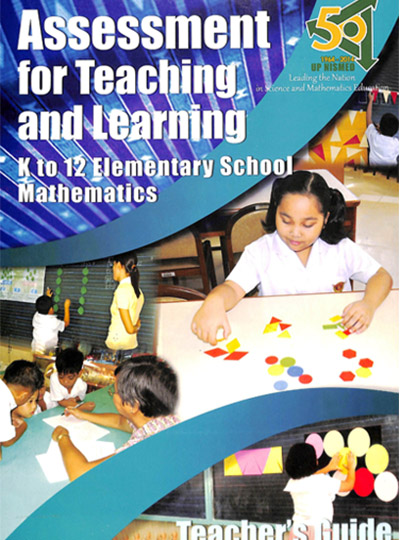
ISBN 978-971-570-149-5 Published by NISMED 2015
No. of Pages: 197
____________
Assessment for Teaching and Learning: K to 12 Elementary School Mathematics comes in a package – a 197-page teacher’s guide and a 61-page pupil’s workbook. The Teacher’s Guide highlights the analysis of pupils’ responses which may be used as inputs to instruction.
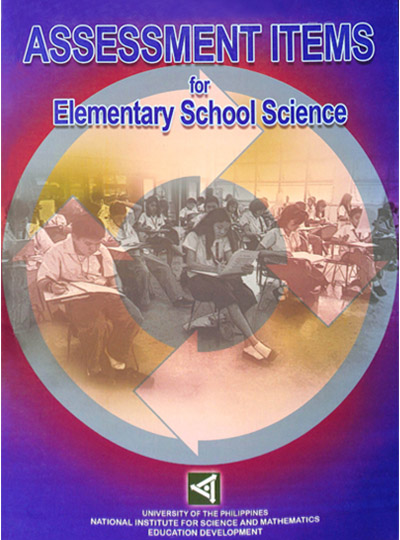
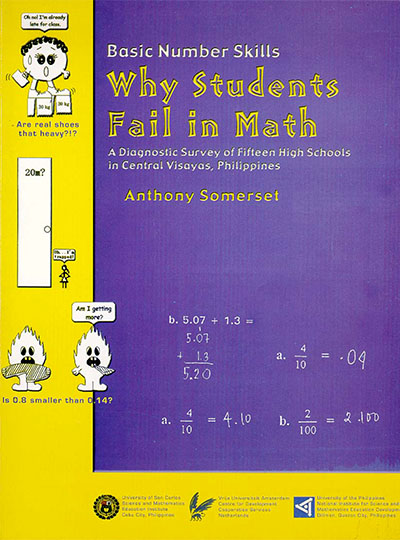
A diagnostic Survey of Fifteen High Schools in Central Visayas, Philippines Anthony Somerset ISBN 971-570-103-5 Published by NISMED August 2002
No of Pages: 104
____________
The test results showed that among public high school students, misconceptions concerning some of the basic elementary level number skills are widespread and persistent. Most students either failed to understand the given information well enough to develop a strategy, or they set up a strategy which was inappropriate to answering the given question. The recommendations given are as follows: remedial teaching, formative teaching in the classroom, correct misconceptions in textbooks, and subject-specific pedagogy, meaning teaching approaches in the key concepts of subjects.

ISBN 971- 570-083-7 December 1999 Published by ISMED
No of Pages: 112
____________
This volume is a compilation of cases that are problem-based narratives of authentic teacher training and classroom situations. Each chapter of this casebook consists of a case narrative, questions for reflection and discussion and the response(s) from science and mathematics teacher educators. The first seven cases deal with teacher training situations; and the last three, to classroom issues.

Lourdes R. Carale and Pia C. Campo ISBN 971-570-122-1 Published by NISMED October 2003
No of Pages: 110
____________
This small book has been written to share the results of a research study on concept development with teachers, curriculum developers and researchers. The science concept involves the human circulatory system which teachers say is one of the most difficult topics to teach. The intervention activities were constructivist in nature, initiated by eliciting prior knowledge of students before engaging them in real-life experiences and the use of models and pictures.

L. Cortes, et al Published by ISMED June 1983
Teacher's Guide ISBN 971-135-118-8 ₱ 200.00 187 pages
Student's Textbook ISBN 971-135-068-8 ₱ 350.00 444 pages_________
This is a secondary level textbook intended to deepen awareness and develop scientific knowledge and understanding of earth processes such as weather, ocean movements, erosion, and volcanic eruption. Its Philippine orientation, i.e., conditions and processes observable in the country and data about natural phenomena, sites and resources, not only concretizes theories and principles but also enables our students to identify with their own country. To ensure the development of concepts, activities containing specifications of materials, detailed procedures and well thought-out questions are woven into the text at points where they can be of most help to students.

V.M. Talisayon & L.G. Tansinsin ISBN 971-570-090-X Published by NISMED November 2000
No of Pages: 103
____________
This sourcebook for science and mathematics teachers contains the lectures of scientists and mathematicians in the country delivered in the Frontiers in Science Lecture Series for Teachers, a project sponsored by the UP NISMED and initially, by the Philippine Association for the Advancement of Science (PHILAAS). The lectures were partly funded by the Science Education Institute-Department of Science and Technology (DOST-SEI). The main purpose of this ourcebook is to disseminate the outputs of the lecture series, especially to those who were not able to attend the lectures. It includes the following topics: The Physics of Turbulence; Lasers: How They Work and Their Application in LIDAR; Geology and Resource Development in the Philippines; The Philippines as a Jigsaw Puzzle from a Geological Perspective; Cyanobacterial Biotechnology; Peptides from Deadly Marine Snails; Trends in Computers and Communications Technologies; and Euclidean Geometry and Beyond.

Henry J. Ramos, et al. ISBN 971-8693-19-X Published by ISMED 1994
No of Pages: 160
____________
This volume Frontiers of Physics is a compilation of lectures delivered by Filipino scientists who are in the forefront of new developments in physics research and theory, during a lecture series sponsored by the Institute for Science and Mathematics Education Development for Physics teachers. The lecture series aimed to give physics teachers a holistic view of physical theories and to update them on the new developments in 20th century physics.
Frontiers of Physics is a resource book for physics teachers as well as for students. The papers are written in a style understandable even to non-physicist.
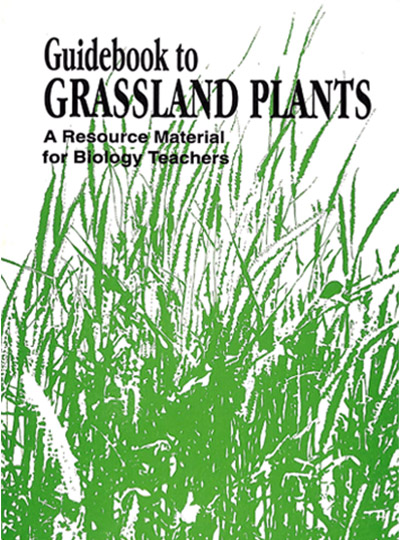
Jose Luis O. Carballo, et al ISBN 971-137-010-7 Published by PUNDASYON 1983
No. of Pages: 178 ____________
This is a resource material for biology teachers which uses the environment as a teaching resource. It presents a practical and comprehensive guide to the identification of 200 plant species commonly found in our grassland under five groupings: forage, medicinal plants, weeds, plants with economic use, other plants associated with this ecosystem. Each species is accompanied by a brief non-technical description, a line drawing, and an updated taxonomic key.
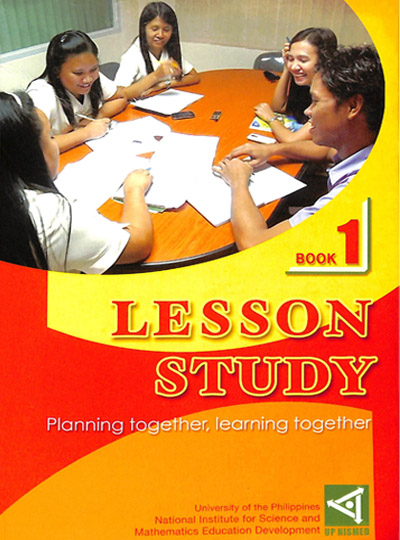
No of Pages: 258
____________
This book is a documentation of actual experiences of teachers and students in mathematics and science classes as well as learnings arising from these experiences. As a compilation, these chapters highlight the opportunities provided for students to learn mathematics through problem solving and science through inquiry. A common theme permeates all the chapters - both teachers and students are learning through lesson study.
This collection of chapters is an innovative initiative that lays the groundwork for an implementable model of lesson study in the Philippine setting. It is NISMED's contribution to the ongoing search for a model of professional development that can be adapted in spite of large classes, dearth of resources, and a host of challenges faced by Filipino teachers.